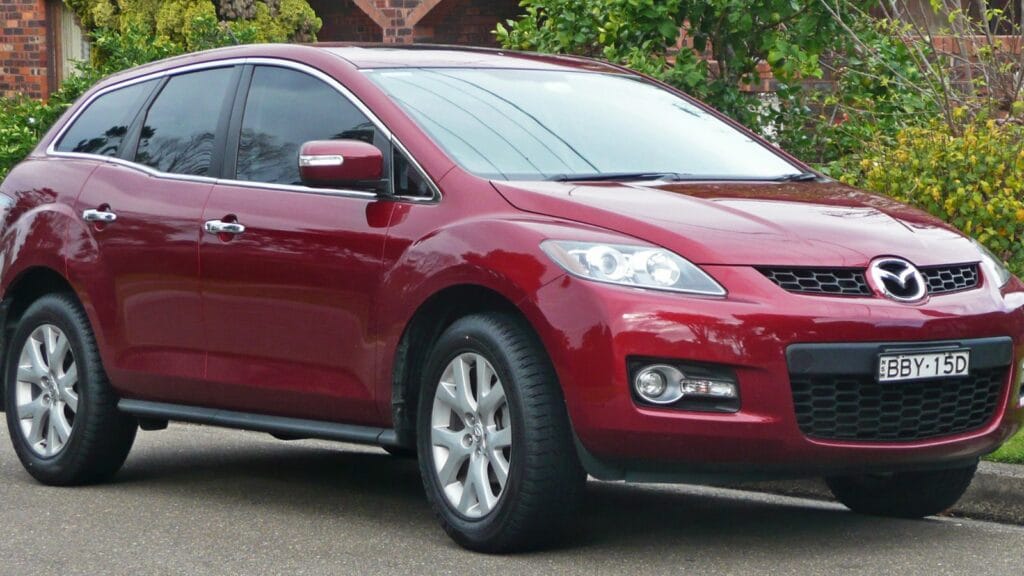The Canadian used car market is a tough arena. Buyers are increasingly picky, doing their research online before even stepping foot on a lot. With so much information available about reliability ratings, repair costs, and ownership nightmares, certain vehicles have gained reputations so bad that they are nearly impossible to move. Even when priced cheaply, these cars sit unsold for months. Whether it’s fragile engines, rust issues, or transmissions that give out long before their time, these twelve vehicles are among the hardest to sell in Canada today.
Dodge Journey
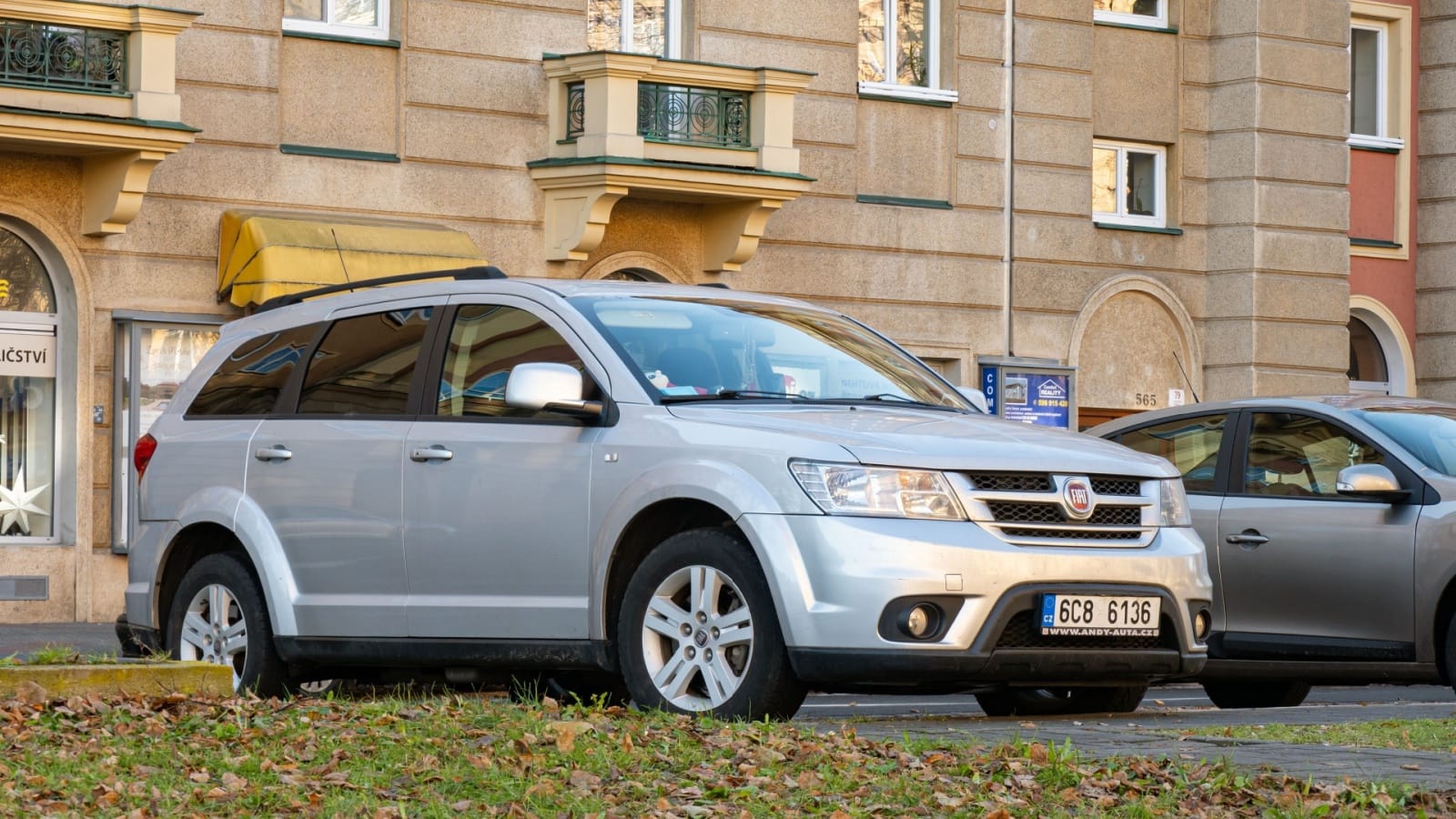
The Dodge Journey once filled Canadian driveways, marketed as an affordable three row crossover. But over time, its flaws became glaring. The design barely changed for more than a decade, leaving it hopelessly outdated by modern standards. The underpowered four cylinder engine struggled to move the heavy body, while the V6 guzzled fuel. Reliability ratings plummeted, with constant reports of electrical gremlins, brake wear, and suspension failures. Canadian winters didn’t help—the bodies rusted quickly in provinces like Ontario and Quebec. Today, Journeys often linger on used lots, priced low but ignored by buyers who know the headaches they bring.
Chrysler Sebring
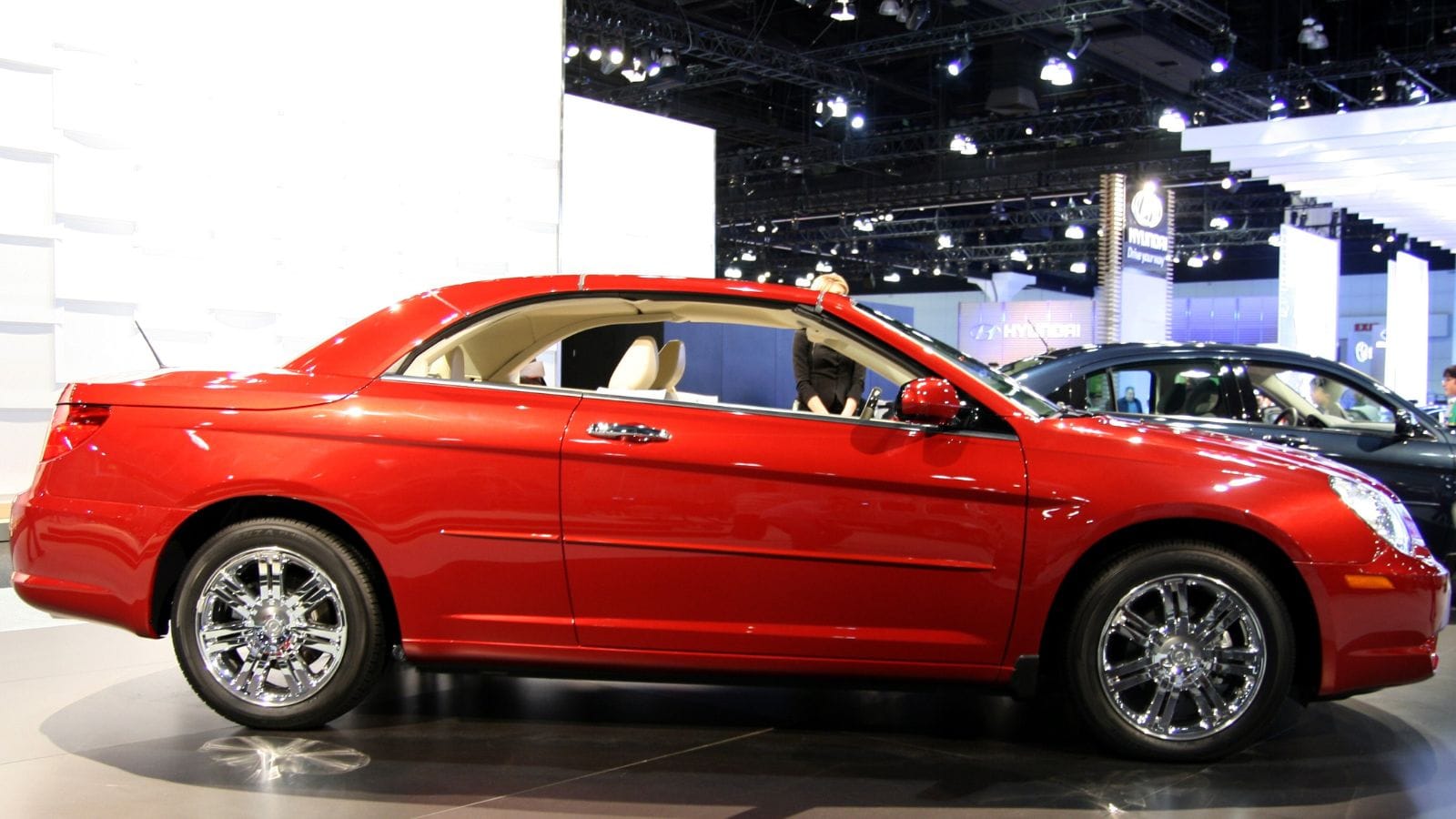
The Chrysler Sebring became infamous for all the wrong reasons. Its interiors were filled with cheap plastics, its styling was uninspired, and its engines were rough and failure prone. Canadians looking for affordable sedans were burned by constant repairs and stalling problems, especially during freezing winters when cold starts pushed the engines to their limits. Even heavily discounted Sebrings find few takers in the used market. Many dealers simply send them to auctions or scrap yards rather than bother trying to sell them.
Dodge Avenger
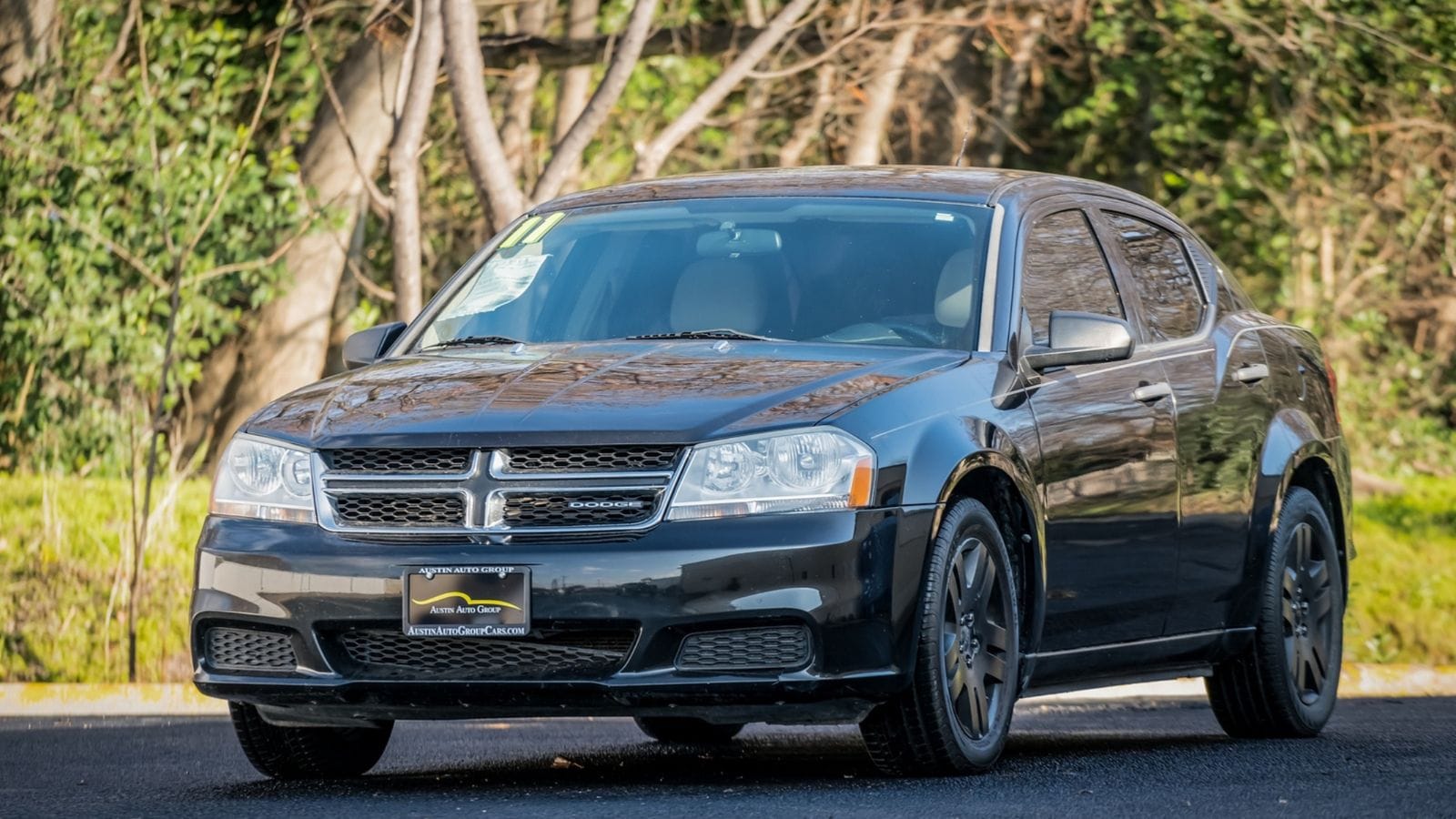
Closely related to the Sebring, the Dodge Avenger shared its poor build quality and weak engines. While Dodge tried to style it with a sporty edge, underneath it was plagued by mechanical failures and lackluster reliability. Transmission failures, electrical faults, and engine problems made ownership expensive. In a used market where buyers can pick up a proven Toyota Camry or Honda Accord for a few dollars more, the Avenger never stands a chance. Most sit unsold until they are practically given away.
Chevrolet Cruze (Diesel Models)
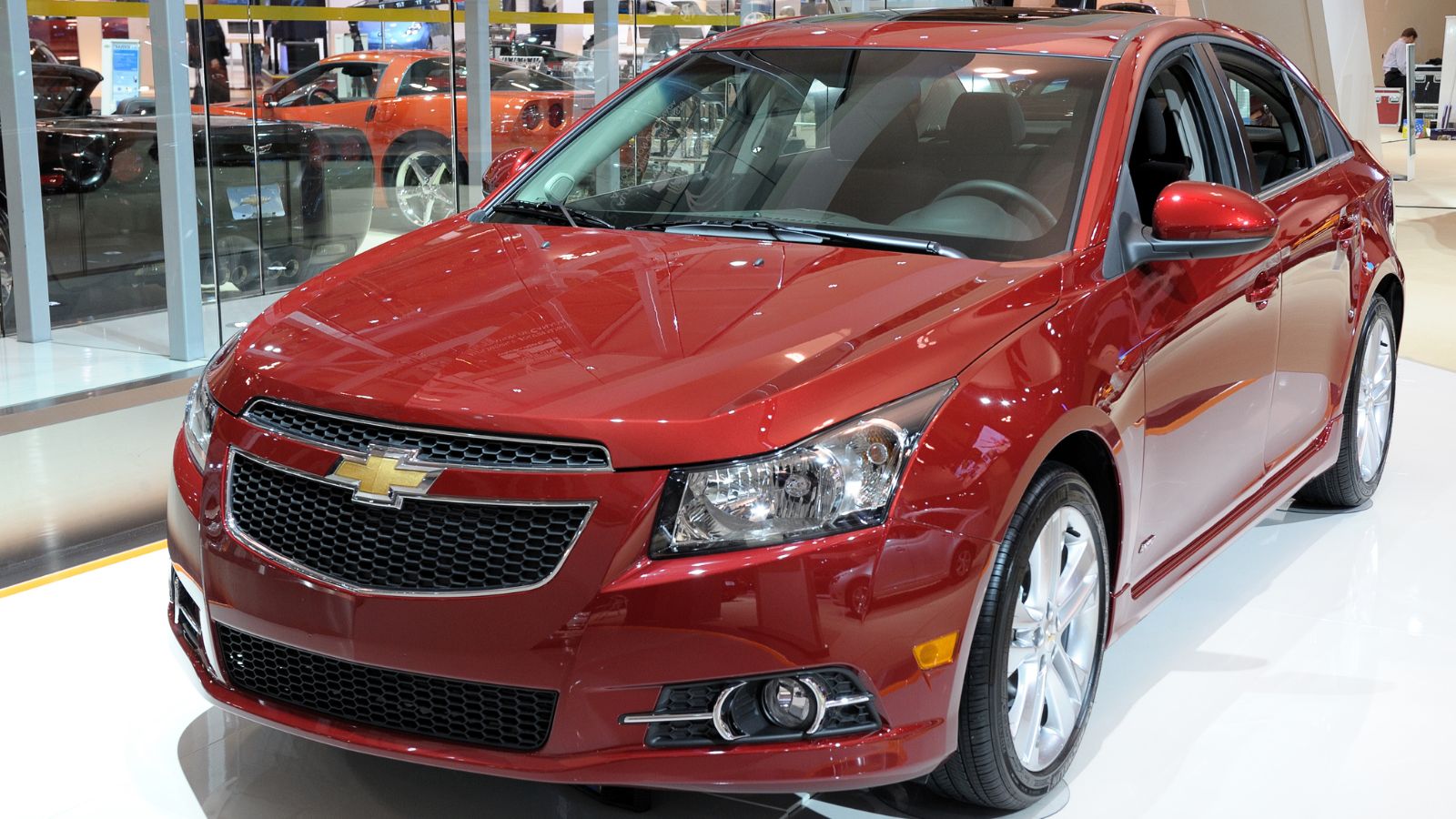
The Chevrolet Cruze saw some success in Canada, but the diesel versions became a disaster. Owners complained of unreliable emissions systems that constantly triggered check engine lights, along with expensive repair bills for injectors and turbos. In colder provinces, winter reliability was even worse, with glow plug issues and hard starting problems common. While the gasoline Cruze models can still move, the diesel versions are virtually impossible to sell. Even at bargain prices, Canadian buyers avoid them, aware that repair bills could easily exceed the car’s value.
Nissan Altima (Older Generations)
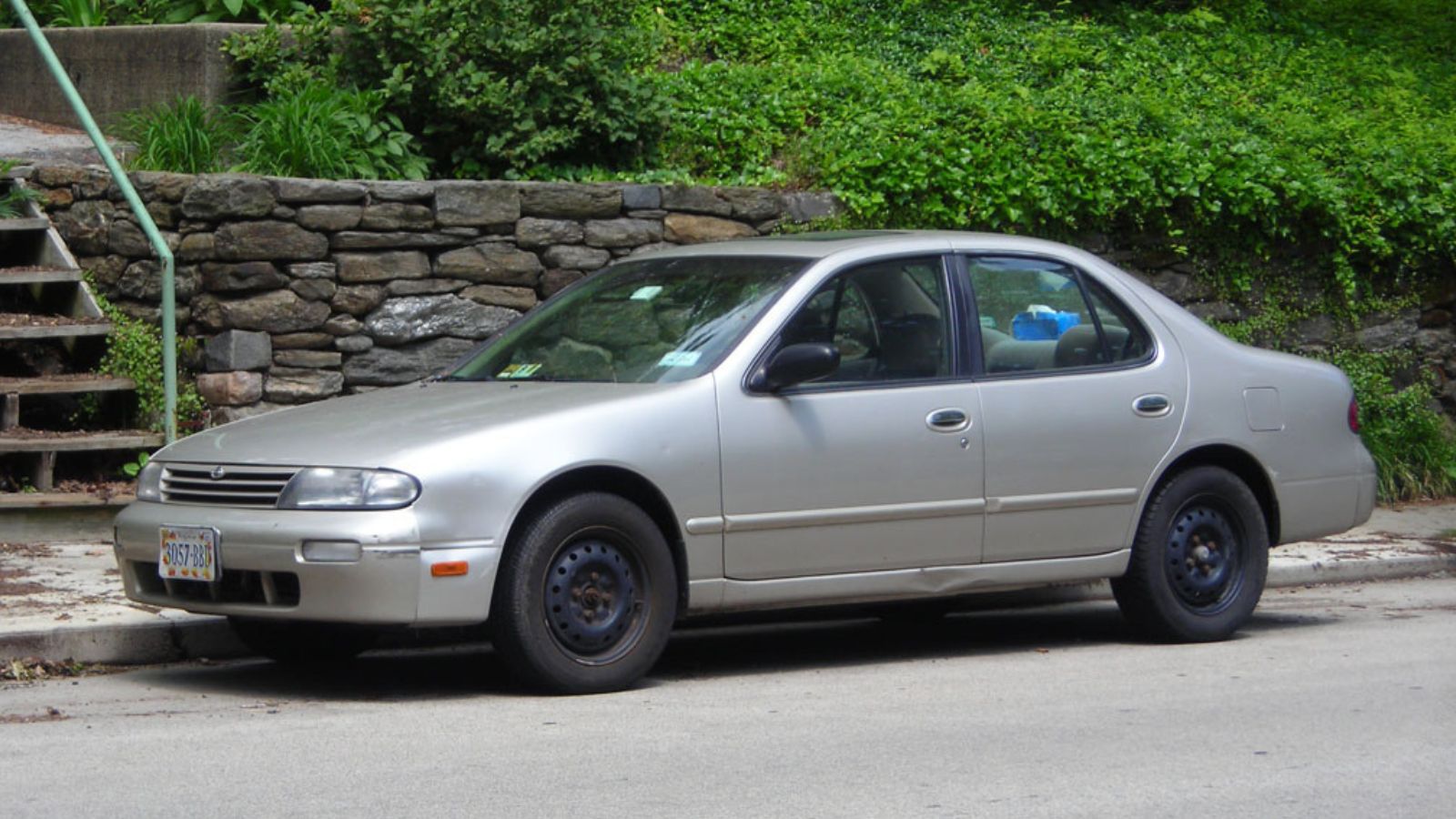
The Altima was once a contender against the Honda Accord and Toyota Camry, but earlier models earned a bad reputation. The 2.5 litre engines suffered from oil consumption issues and head gasket failures, while the CVT transmissions were notoriously fragile. In Canadian cities where stop and go driving is common, CVTs failed faster than expected, leaving owners with bills in the thousands. Today, buyers are wary of older Altimas, and used examples sit on classifieds for months with no serious offers.
Nissan Rogue (First Generation)
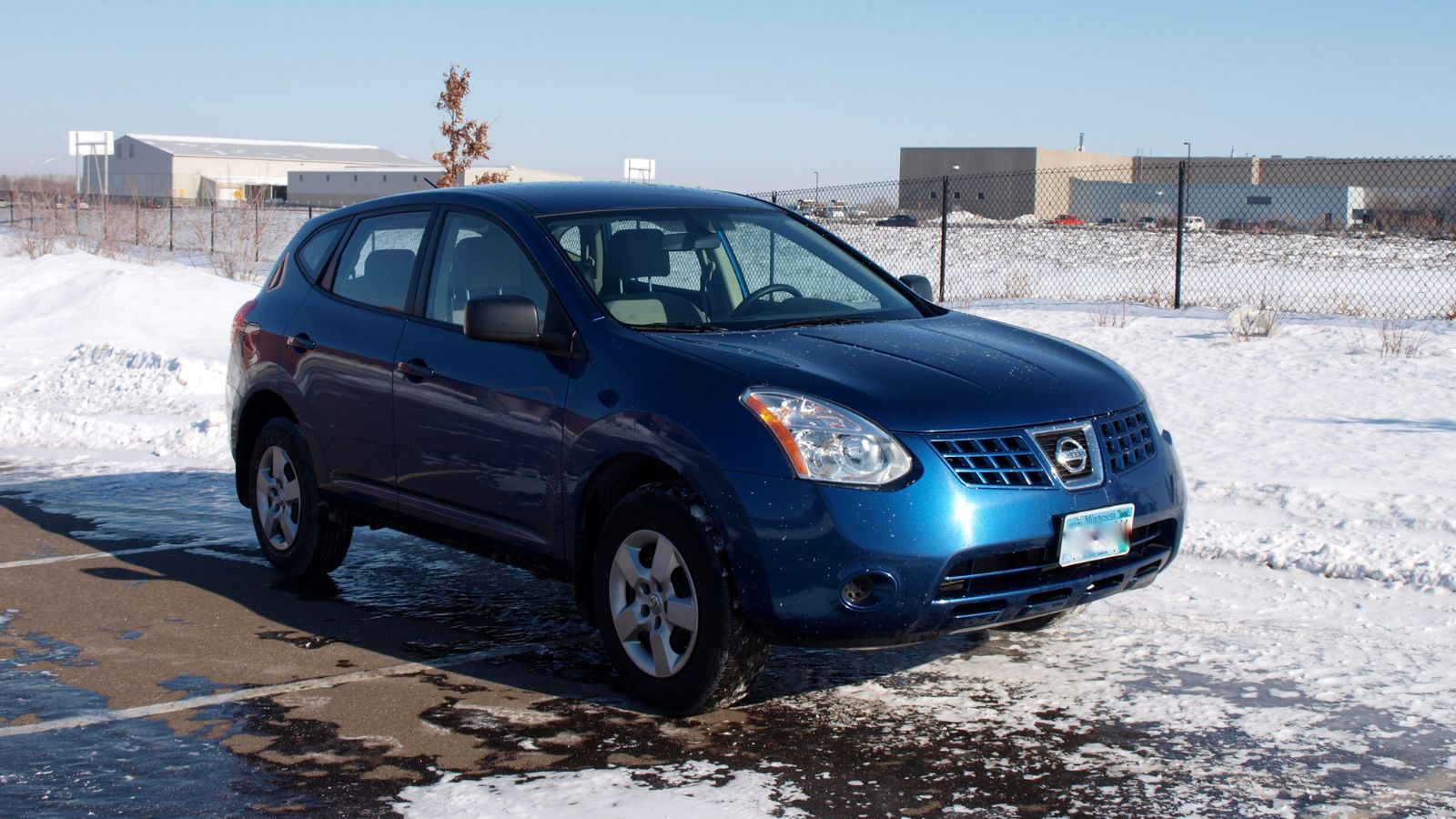
The first generation Rogue has become another Nissan that Canadians avoid. While it was marketed as a practical compact SUV, its CVT transmissions were fragile and often failed well before 200,000 kilometres. Replacing or repairing them cost more than the value of the vehicle itself. The 2.5 litre engines were not immune either, with oil consumption and durability issues common. Add in dated styling and lacklustre interiors, and used Rogues from this era now struggle to attract even bargain hunters.
Ford Fiesta
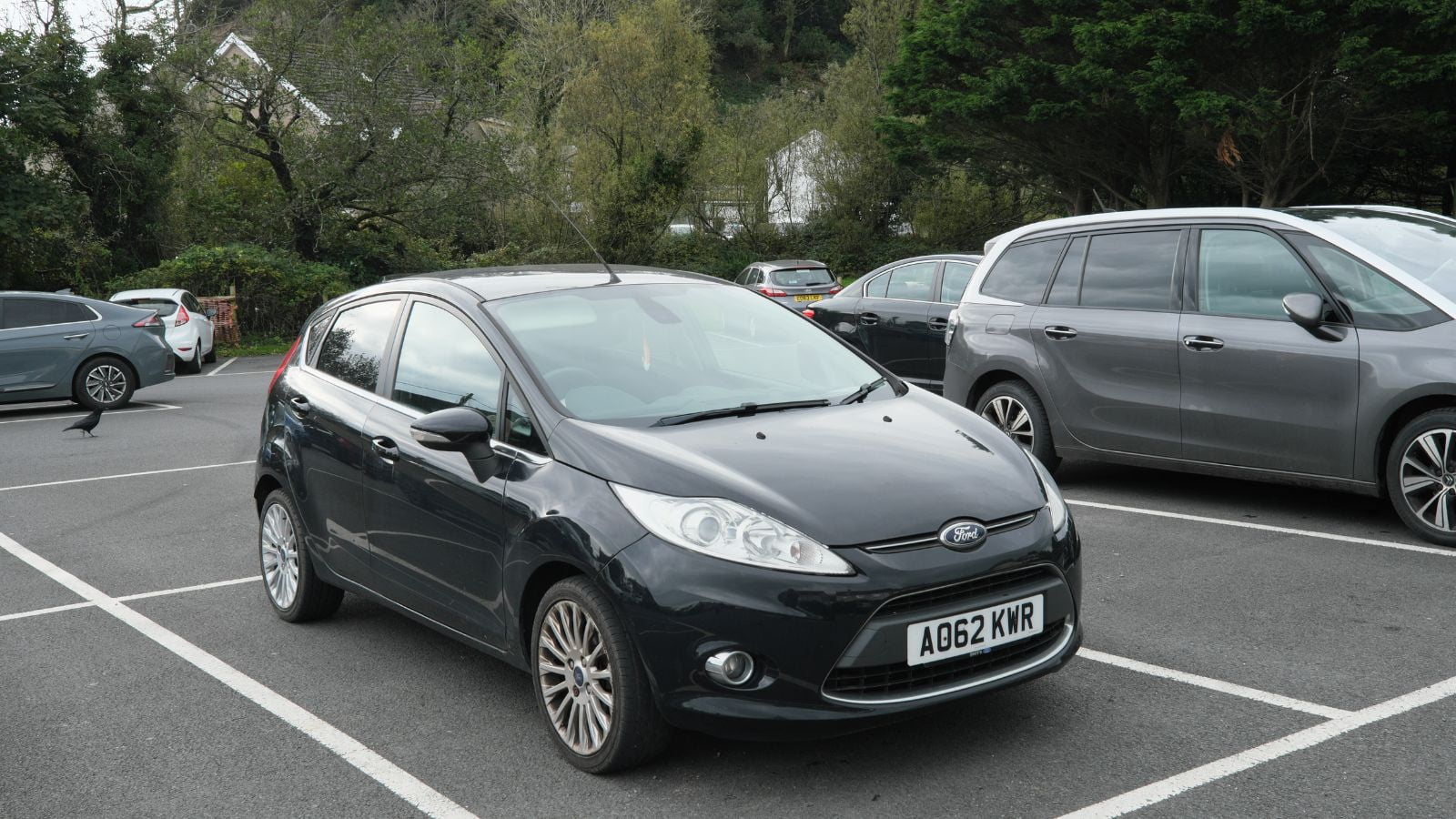
The Ford Fiesta looked like a promising small car on paper—affordable, efficient, and fun to drive. But the dual clutch automatic transmission turned it into one of the most notorious vehicles of its time. Jerky shifts, premature wear, and constant breakdowns led to lawsuits and recalls. Canadian buyers, especially in provinces with cold winters, experienced even more problems as the transmission stumbled in icy conditions. The Fiesta’s reputation is so toxic that even good condition examples are nearly unsellable in the used market.
Ford Focus (2012–2016)
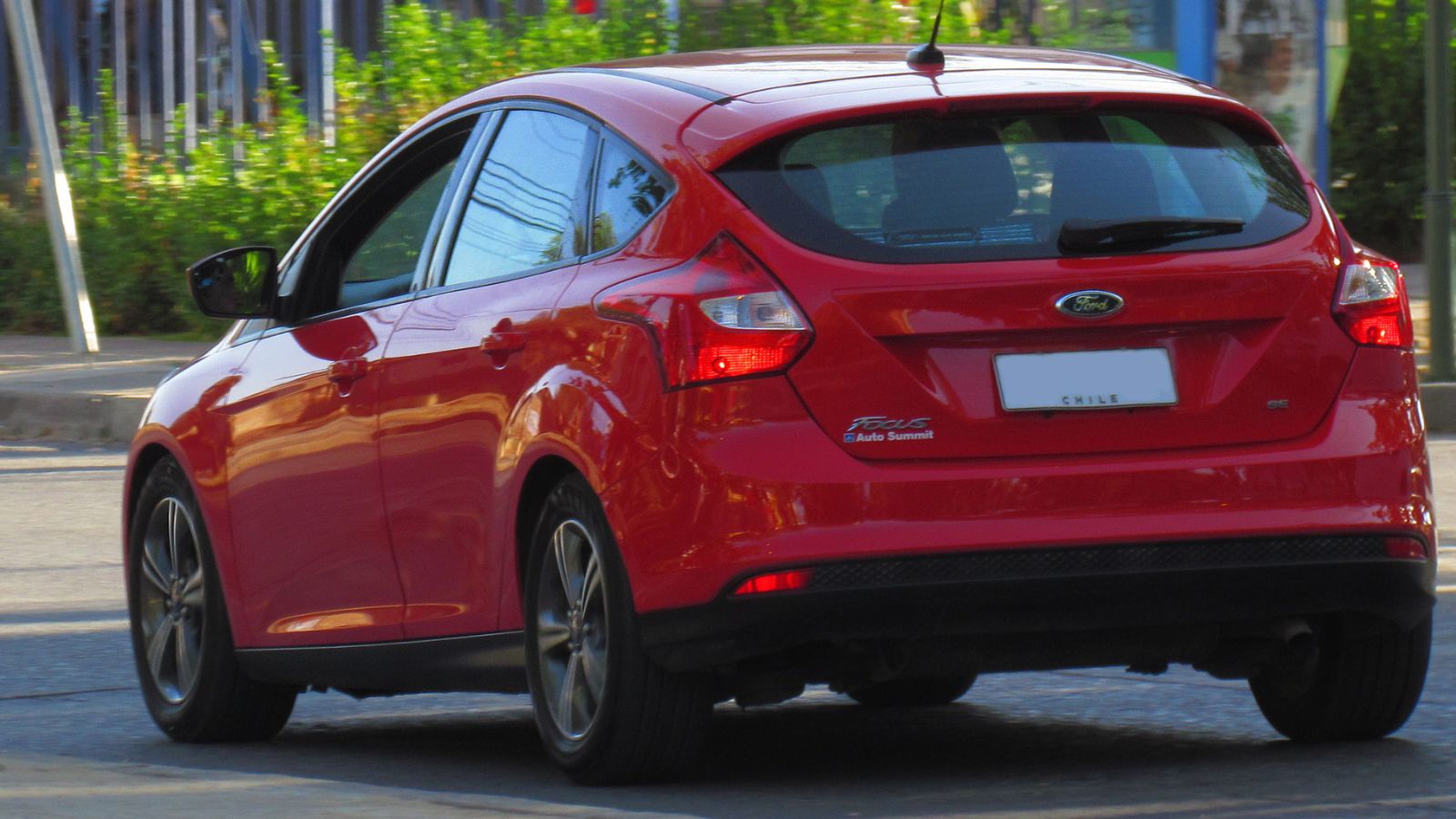
Like the Fiesta, the Focus from this era suffered the same fate because of its dual clutch automatic transmission. Despite recalls and software updates, problems persisted. Canadian drivers faced costly repairs, unpredictable performance, and endless frustration. Used buyers now avoid these years entirely, preferring either older models with traditional automatics or newer redesigns. Dealers often have to slash prices drastically to move these cars, and even then, they often linger unsold.
Volkswagen Passat (2000s Era)
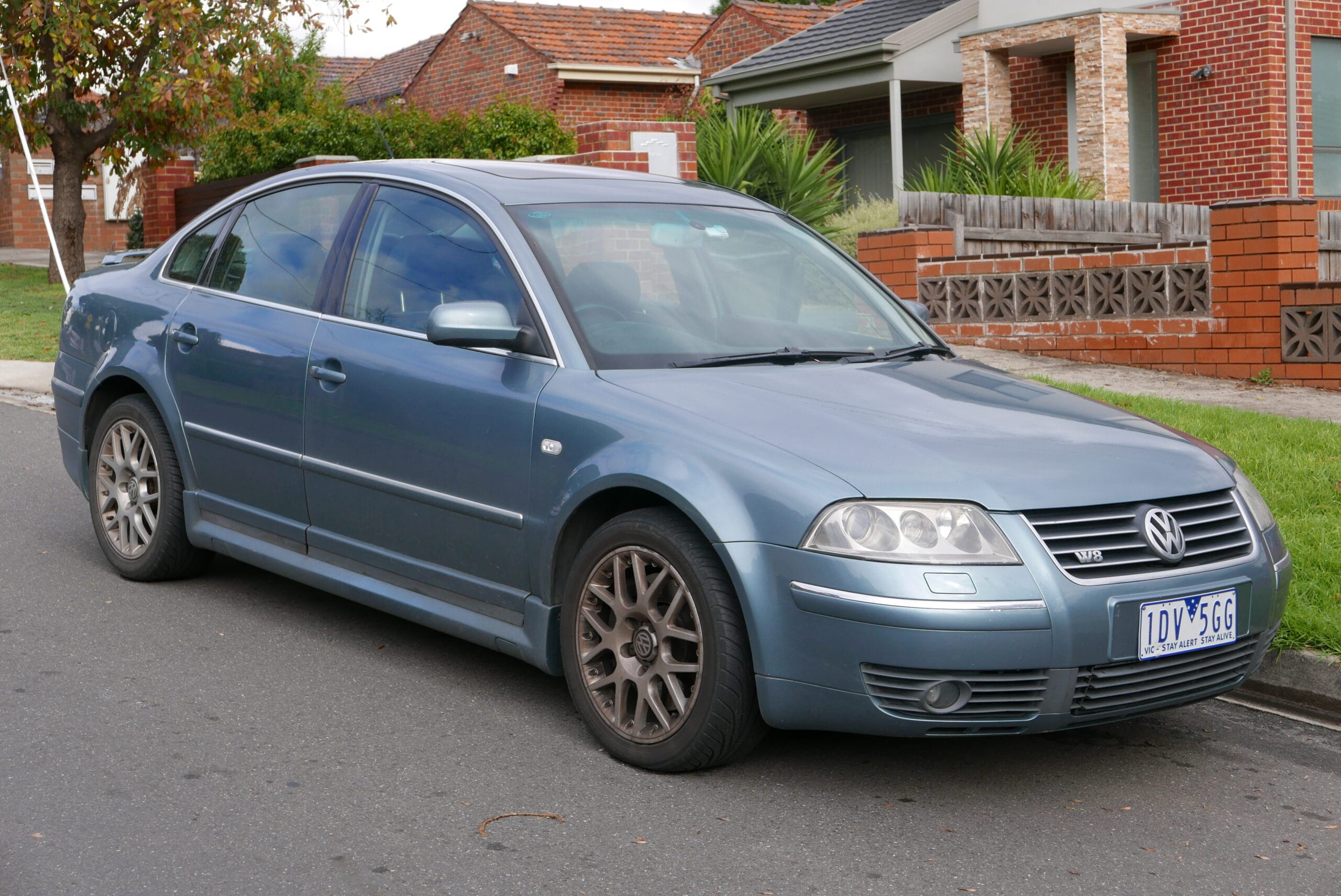
The Passat of the early 2000s came with engines like the 1.8 litre turbo, which quickly gained a reputation for sludge buildup and turbo failures. In Canadian conditions, where cold starts and long commutes are the norm, the issues appeared even faster. Repairs were costly, requiring specialized mechanics and expensive parts. Rust also became an issue in salt heavy provinces. Today, older Passats have almost no resale value. Buyers who want German engineering prefer newer models or stick with Volkswagens that earned better reputations.
Mazda CX-7
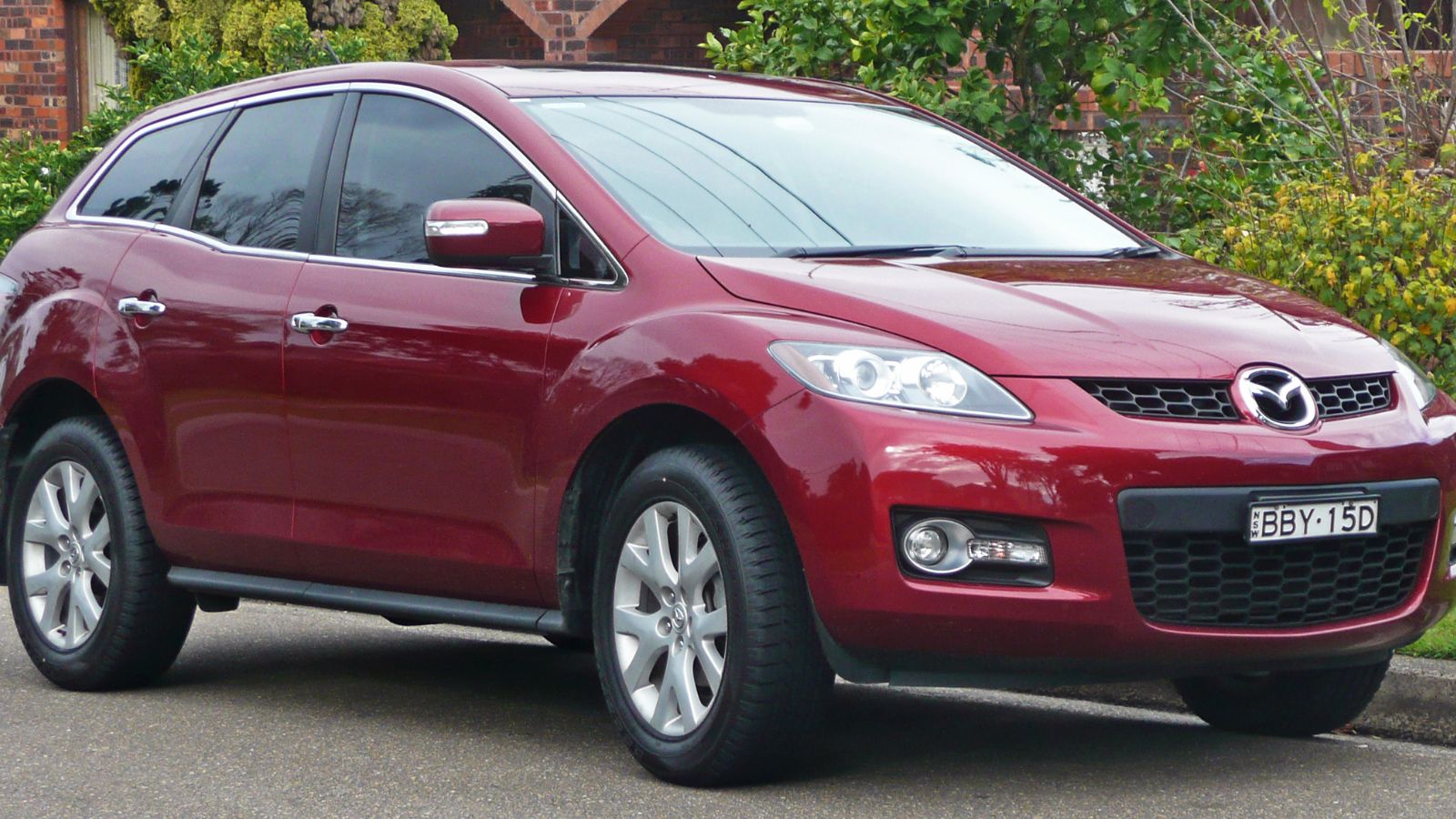
The Mazda CX-7 was supposed to be a sporty crossover, but its turbocharged 2.3 litre engine was a ticking time bomb. Turbos failed frequently, timing chains stretched, and oil starvation issues left many engines dead before they reached high mileage. Canadian winters were particularly unkind, accelerating the failures. Repairs cost thousands, and most CX-7s ended up scrapped rather than fixed. On the used market today, buyers don’t even consider them, knowing that the risk outweighs the price.
Chevrolet Aveo
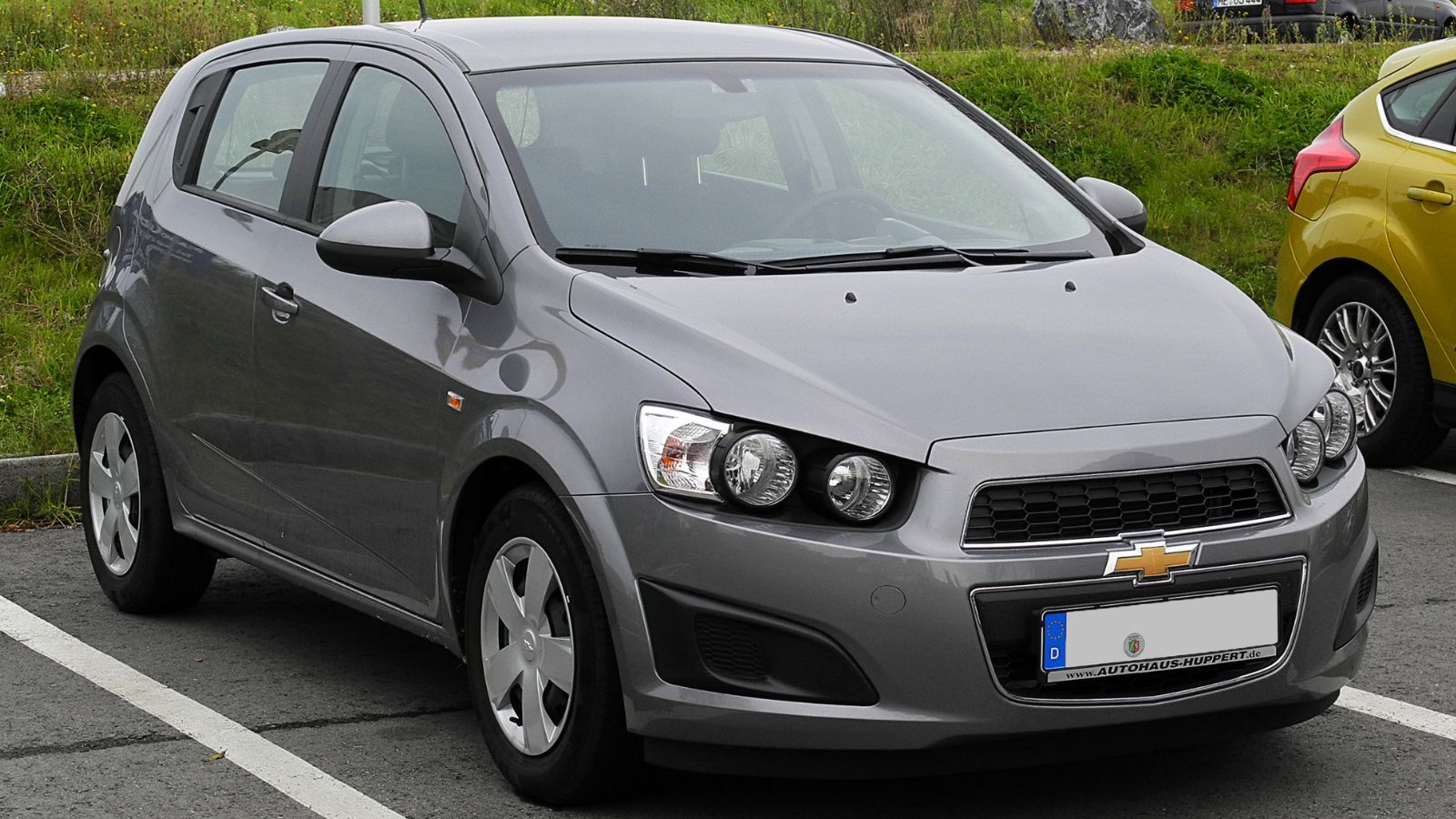
The Chevrolet Aveo was cheap when new, but it aged poorly. Its engines were weak and prone to failure, interiors were flimsy, and rust appeared quickly in Canadian climates. By comparison, buyers could find a used Toyota Yaris or Honda Fit for a similar price—cars with proven reliability and longevity. The Aveo’s reputation for poor build quality has made it almost unsellable today, with most surviving examples relegated to scrap yards.
Suzuki SX4
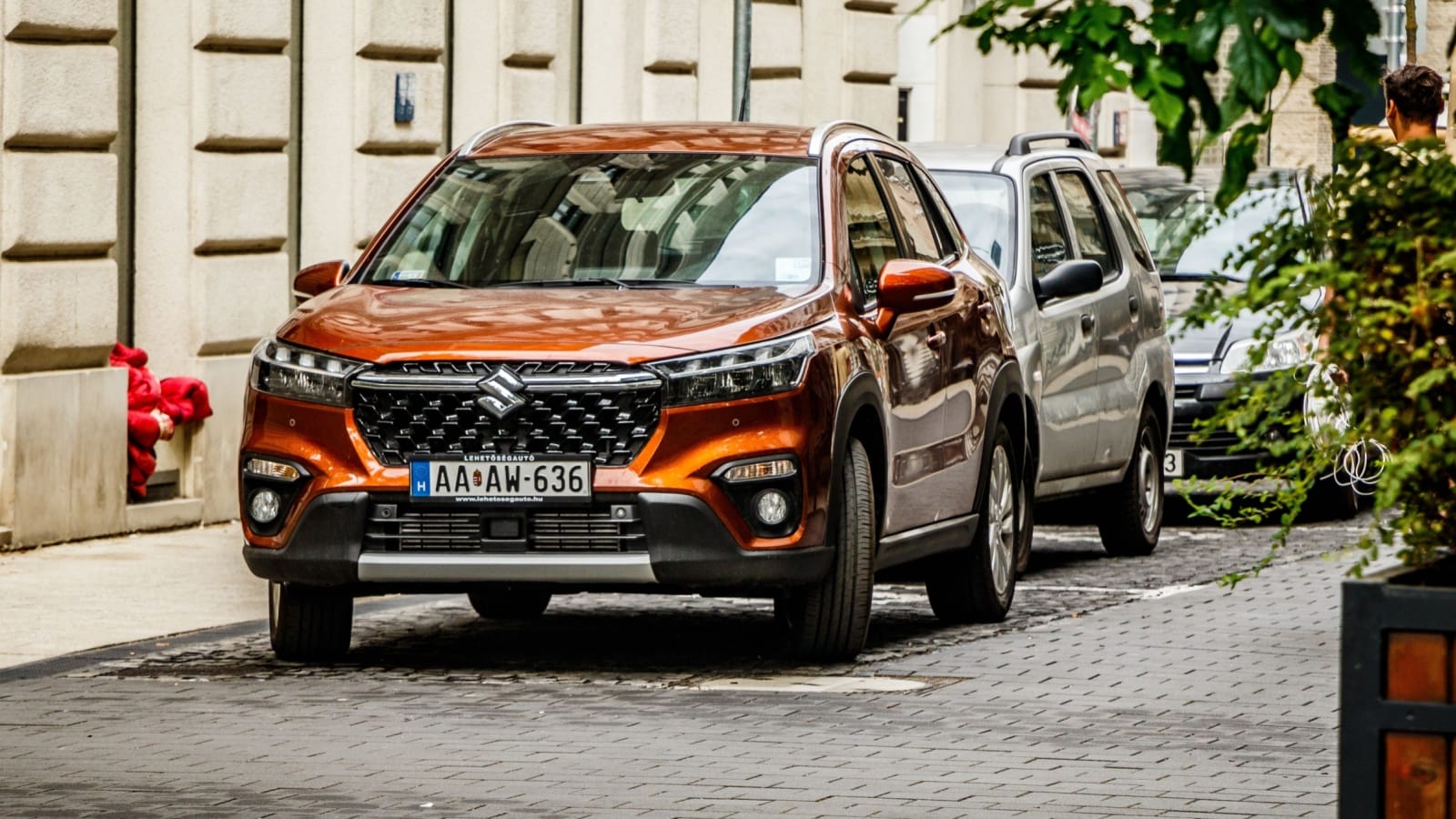
The Suzuki SX4 was quirky, affordable, and came with optional all wheel drive. But when Suzuki left the Canadian market in 2012, parts availability collapsed. Even simple repairs became costly and time consuming because parts had to be imported. Buyers now avoid the SX4 not because of terrible reliability, but because it’s nearly impossible to maintain. With no dealership support, these cars sit on classifieds for months without a single serious inquiry.
The Harsh Truth About Canada’s Unwanted Used Cars
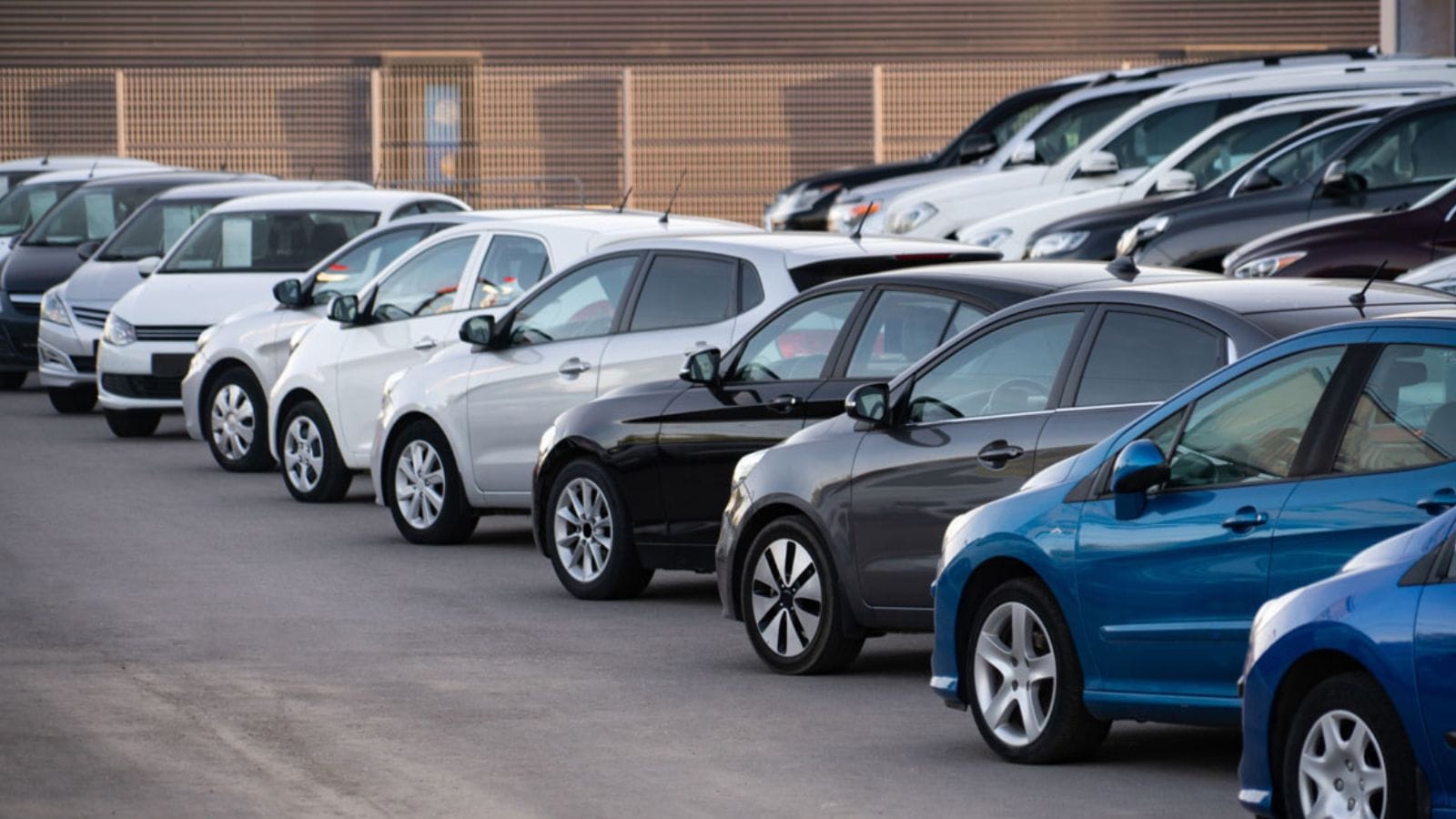
The Canadian used market is ruthless. Cars with bad reputations, fragile engines, weak transmissions, or limited support have no chance against proven competitors like Toyotas and Hondas. These twelve vehicles once filled driveways across the country, but today, they are nearly impossible to sell. For owners, they’re a reminder that short term savings often lead to long term regret. For buyers, they are red flags on the classifieds—proof that some cars simply aren’t worth the trouble.
25 Facts About Car Loans That Most Drivers Don’t Realize

Car loans are one of the most common ways people fund car purchases. Like any other kind of loan, car loans can have certain features that can be regarded as an advantage or a disadvantage to the borrower. Understanding all essential facts about car loans and how they work to ensure that you get the best deal for your financial situation is essential. Here are 25 shocking facts about car loans that most drivers don’t realize:
25 Facts About Car Loans That Most Drivers Don’t Realize
